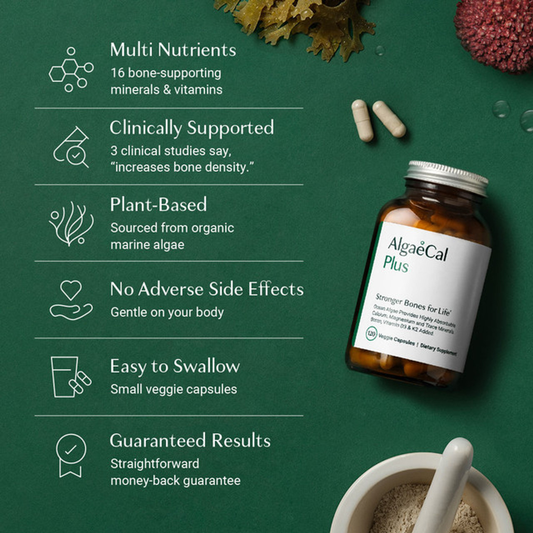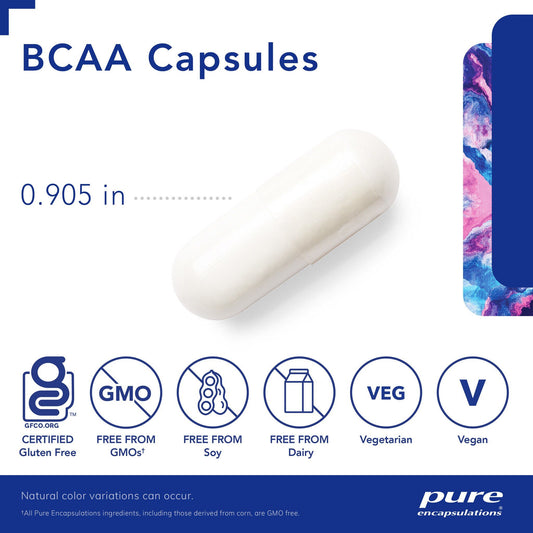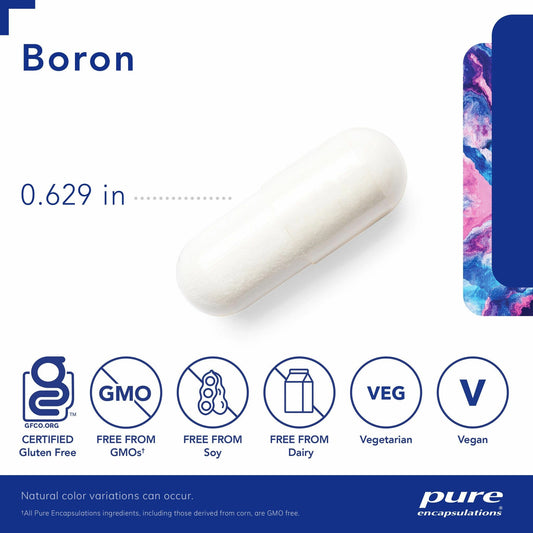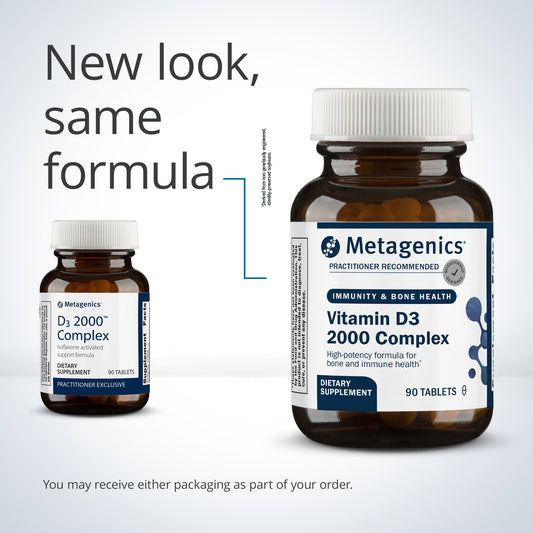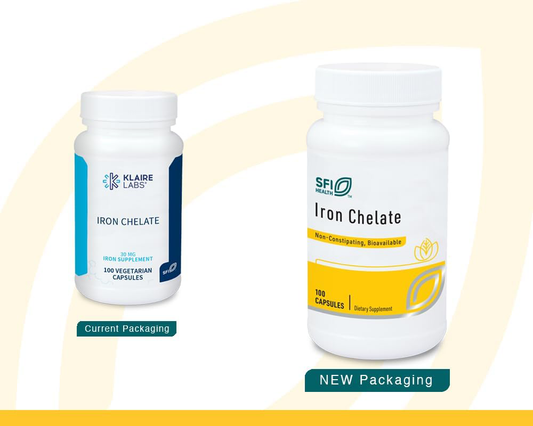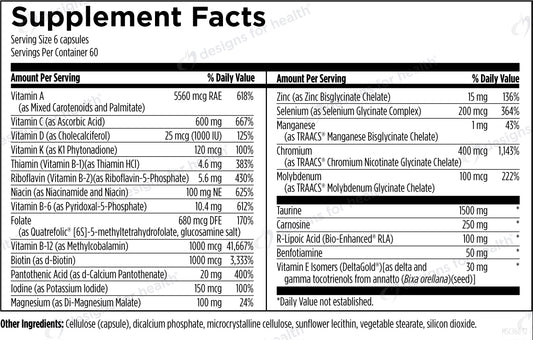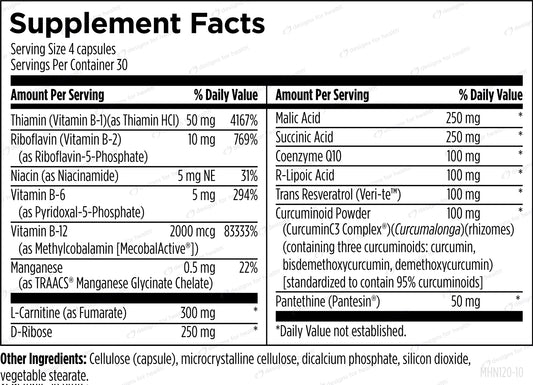Overview
There’s a common misconception that getting older means getting weaker, but what if you could improve your fitness level at any age? The truth is, you can.In today’s Health Bites episode, I’m joined by my dear friend and colleague, Dr. George Papanicolaou, a highly sought-after Functional Medicine practitioner on my team at the Ultra Wellness Center. Together, we explore the incredible benefits of exercise—a free, universally accessible powerhouse drug—from a functional medicine perspective.
We discuss the crucial, often-overlooked aspects of fitness for enhancing longevity, such as VO2 max, how to optimize our levels, and the role our mitochondria play. We also dive into the importance of resistance training and nutrition for enhancing body composition, strength, and muscle mass, vital for metabolic health, recovery from illness, and so much more.
If you’re looking to leverage your exercise routine to enhance your overall health and quality of life, no matter your age, this episode is for you.













